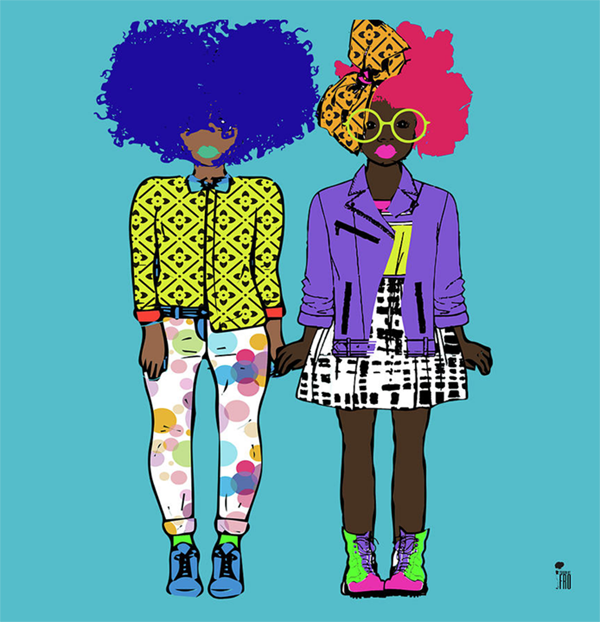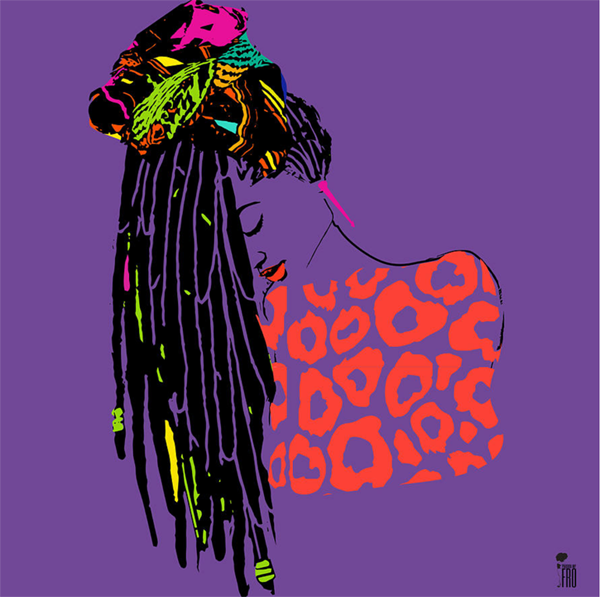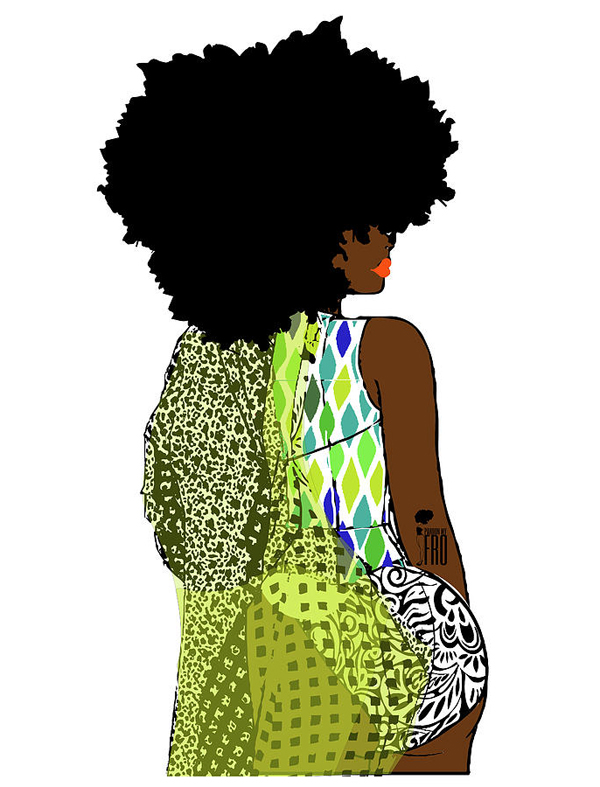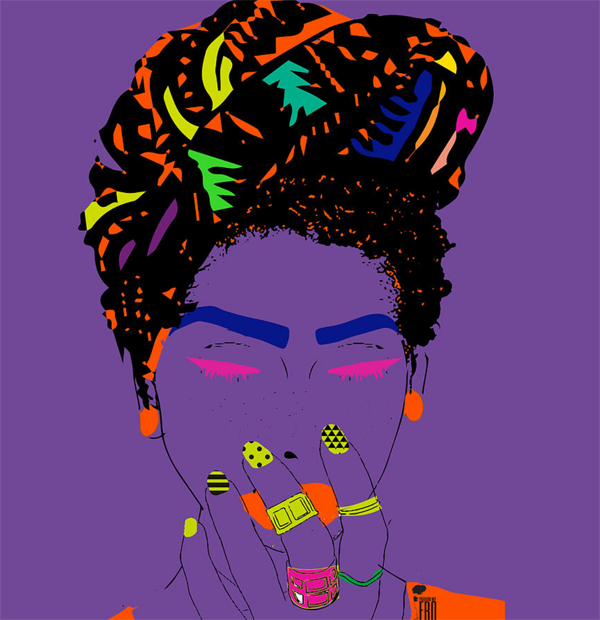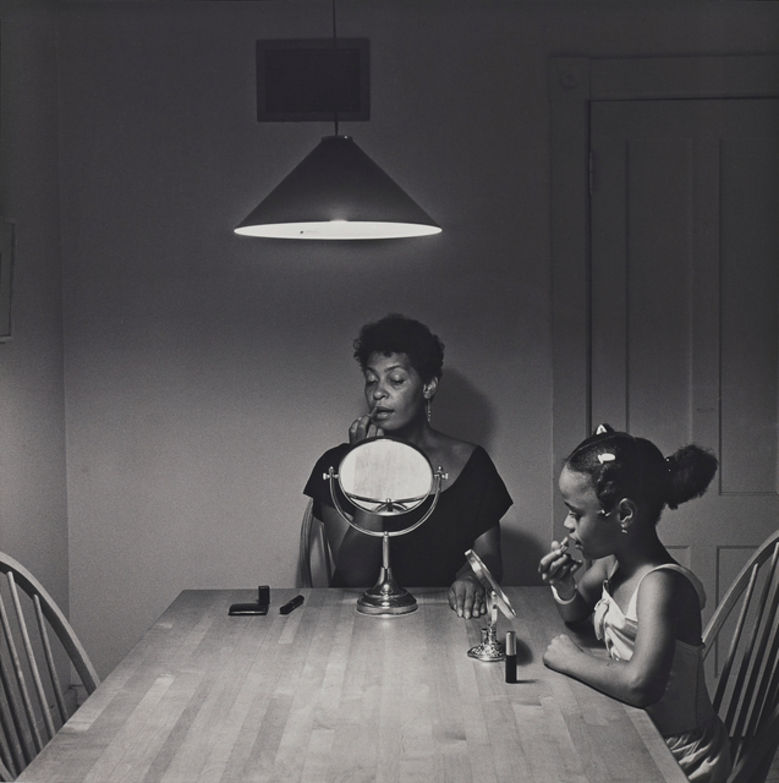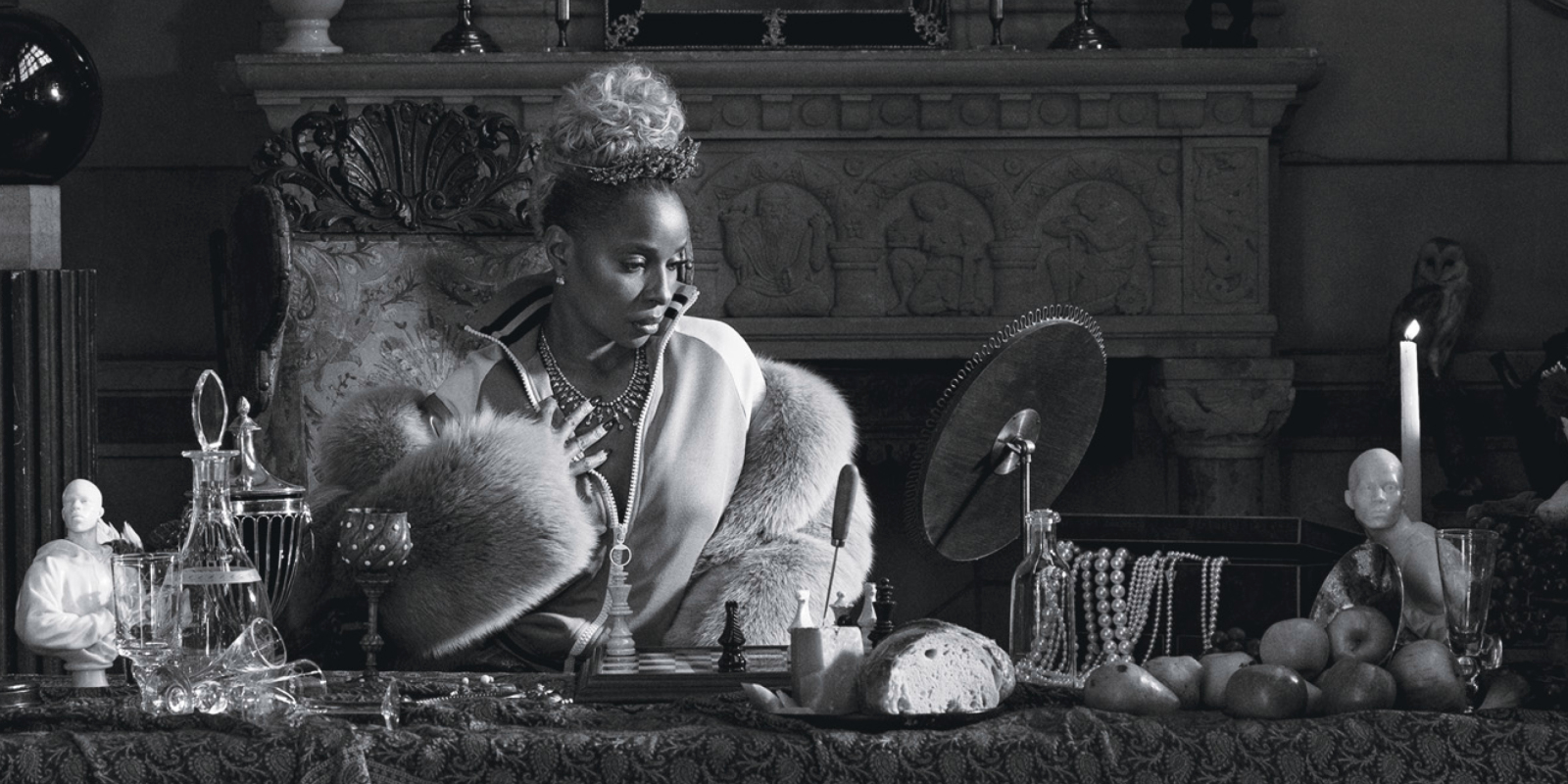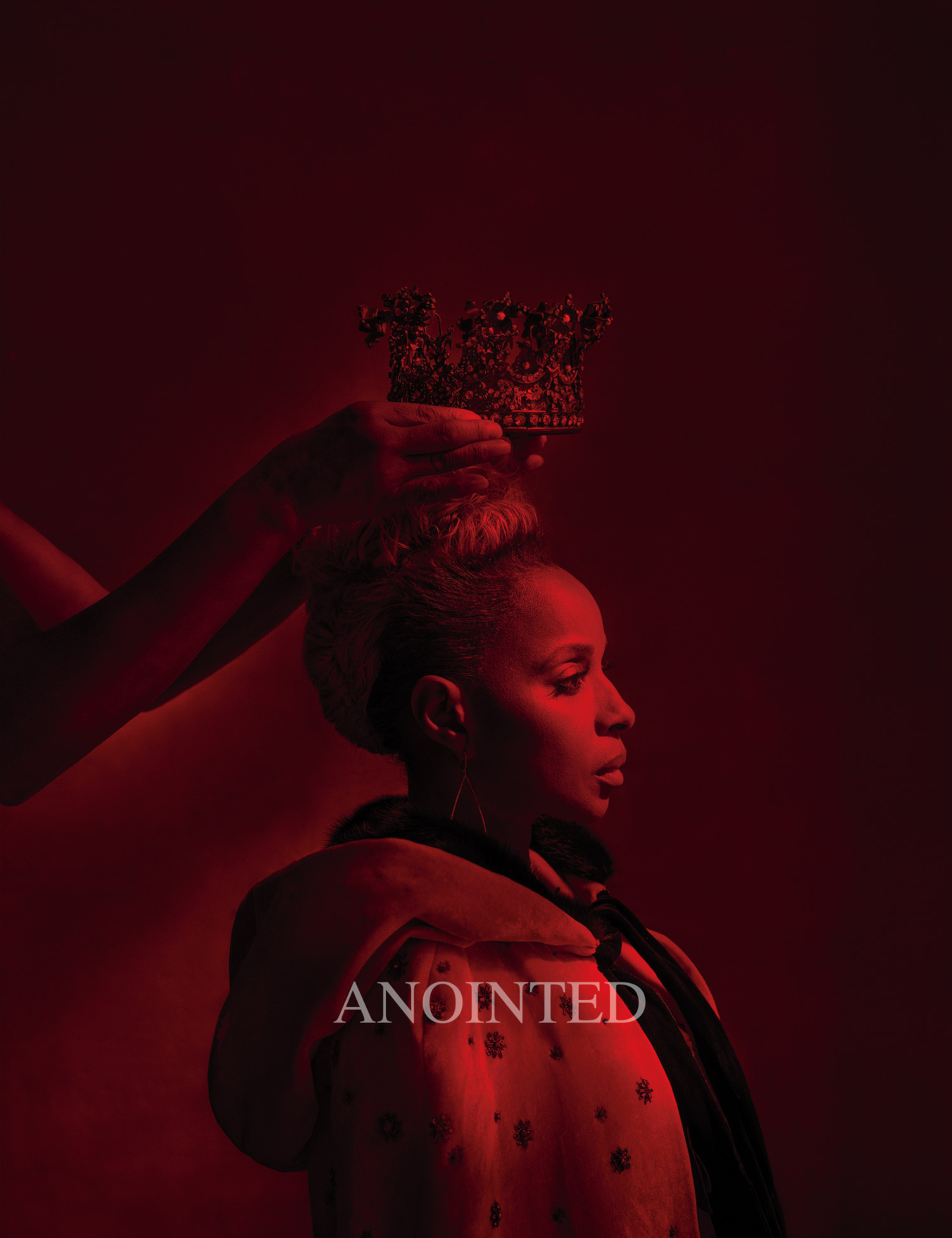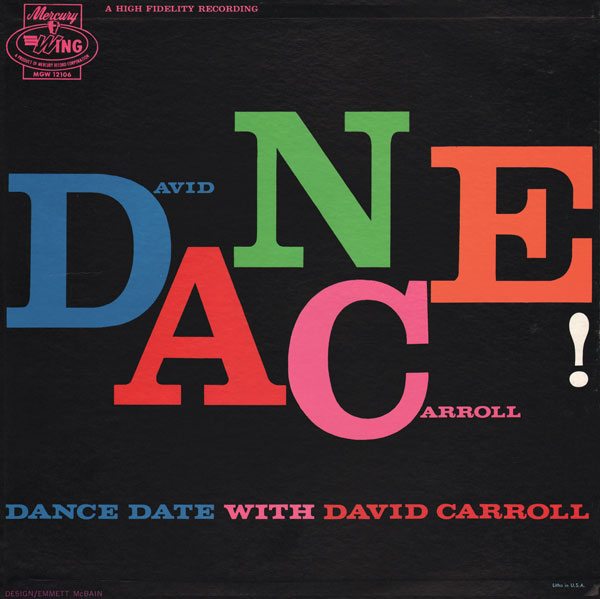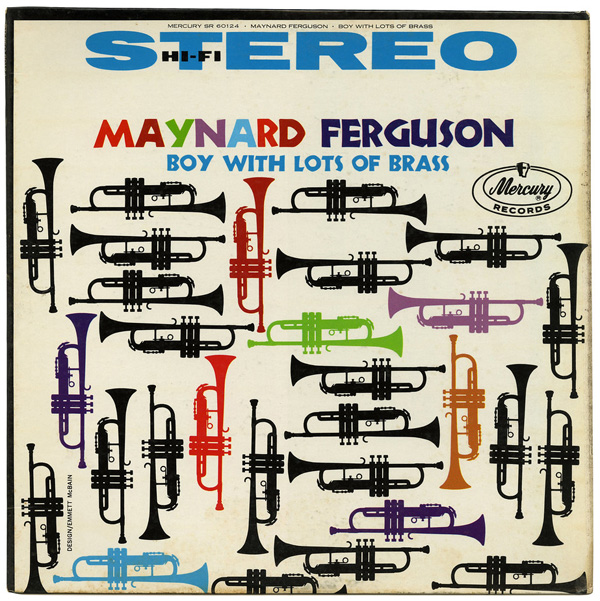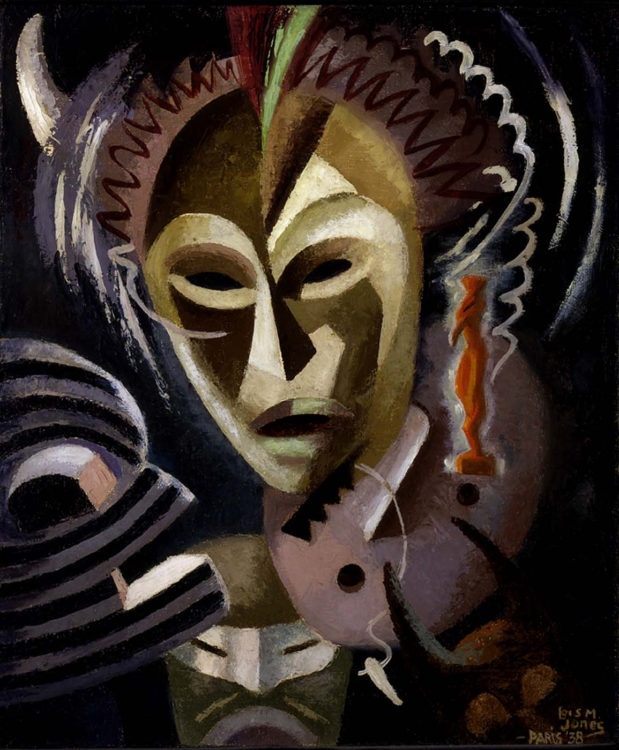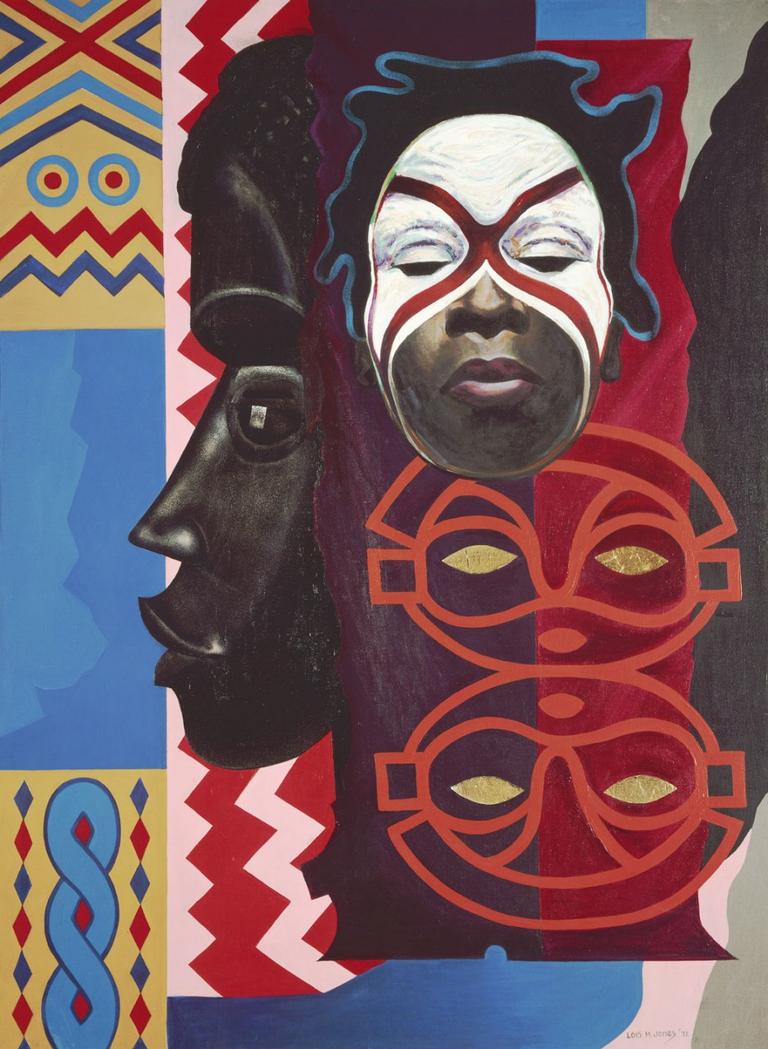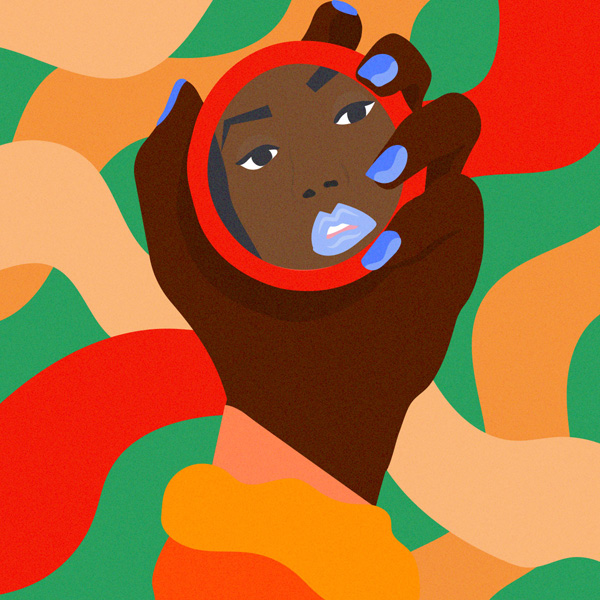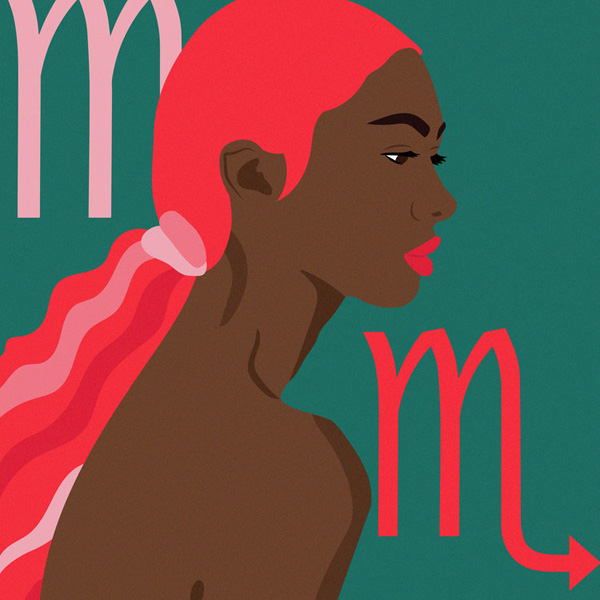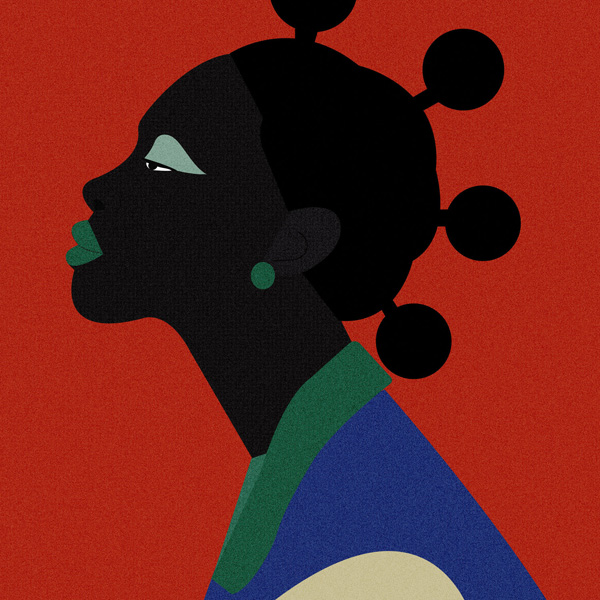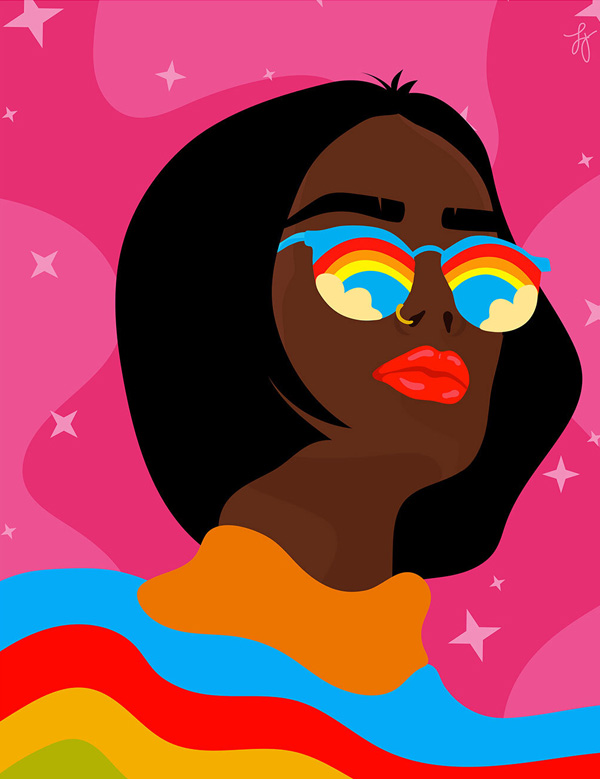Back in January I announced that I'd like to start a new blog series on artist collaborations I want to see. What better way to kick it off than with Black artists? Now, I knew that there weren't as many Black artist collabs as white or even other POC, but it wasn't until I actually went through the Museum's archives that I realized just how dire the situation is. I counted 122 artist collabs from 2009 until now*, including some I haven't covered yet, and of those there were only FOUR Black artists: Kendra Dandy for Anthropologie (which seems rather sad now), Nikki Farquharson for Benefit and MAC, Bradley Theodore for RMK, and Basquiat for both Urban Decay and Addiction. That's 3%. Yes, three percent. The majority were white artists (71 or 58%) and the biggest group of non-white artists were Japanese (23 or 19%). So, to paraphrase Linda Nochlin, "Why Have There Been No Great Black Artist Collabs?" Here we have another example of how racism permeates literally every aspect of our culture. The art market is largely white, and we already know about the issues in the beauty industry.
It is my hope that this post will increase the visibility of some very talented Black artists who should absolutely have a chance at working with makeup brands, if they would like to, of course – not all artists would welcome having their work used this way. But I chose them because in researching them and sifting through interviews I have a hunch they'd be open to a makeup collaboration. It certainly is not my intention to speak for them, as I'm just trying to celebrate Black artists, raise awareness that their voices are once again being excluded and that makeup collaborations are a great way to bring their work to a wider audience.
This is just a start…I'm only including five artists for now, but stay tuned for more selections. ;) And these are incredibly brief bios and descriptions of their work – if any of them end up doing a collaboration, I will definitely go more in-depth.
The artist: Dana Bly
The brand: Fenty
Why: Illustrator Dana Bly's vibrant, bold depictions of modern Black women would be perfectly suited to Rihanna's makeup line. It was Bly's choice of lipstick hues that made me immediately think Fenty would be a good match.
Especially the aqua and blue shades:
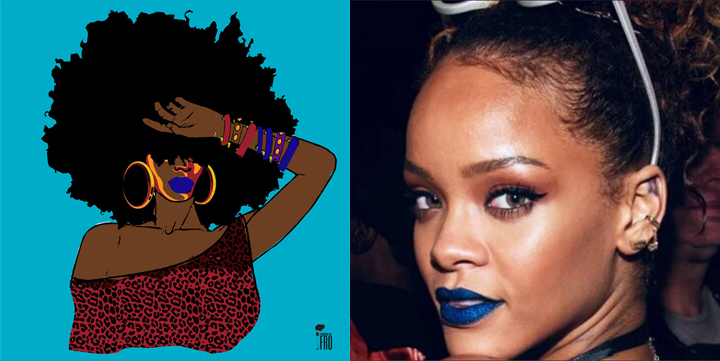 (images from Fine Art America, Sephora and Teen Vogue)
(images from Fine Art America, Sephora and Teen Vogue)
Bly has a background in graphic design and launched her own lifestyle and home decor brand, Pardon My Fro, in 2010 shortly after getting laid off. Talk about turning a crisis into an opportunity! Currently her store stocks comforters, shower curtains and face masks, and so I think she'd be enthusiastic about entering the beauty sphere. "I get my inspiration from everyday life, fashion, TV, patterns and bold colors. I love sharing my art and love when people 'get' my art and share on social media."
The artist: Carrie Mae Weems
The brand: NARS
Why: I love NARS both to use – the blushes are iconic for a reason – and for their artist collaborations. I don't mean to pick on them, but given the number of collabs they've done it's rather inexcusable that they haven't featured a single Black artist. Considering Mr. Nars's passion for photography and his aesthetic, I think the work of Carrie Mae Weems (b. 1953) would be a fantastic match. While NARS is not a Black-owned brand, it would behoove them to finally work with a Black artist. I think this image from the Kitchen Table series (1990) would be especially appropriate. Says the New York Times, "It’s the series that made her career and inspired a new generation of artists who had never before seen a woman of color looking confidently out at them from a museum wall, and for whom Weems’s work represented the first time an African-American woman could be seen reflecting her own experience and interiority in her art."
While Black representation wasn't necessarily the driving force for the series or even her work in general, Weems acknowledges that it can be interpreted as such. "That there are so few images of African-American women circulating in popular culture or in fine art is disturbing; the pathology behind it is dangerous. [But] I insist on making work that includes us as part of the greater whole. Black experience is not really the main point; rather, complex, dimensional, human experience and social inclusion—even in the shit, muck, and mire—is the real point." Weems also points out how white male artists frequently fail to depict Black women in any meaningful way. So maybe this could be an opportunity for a white man like Nars to champion a Black woman artist's work.
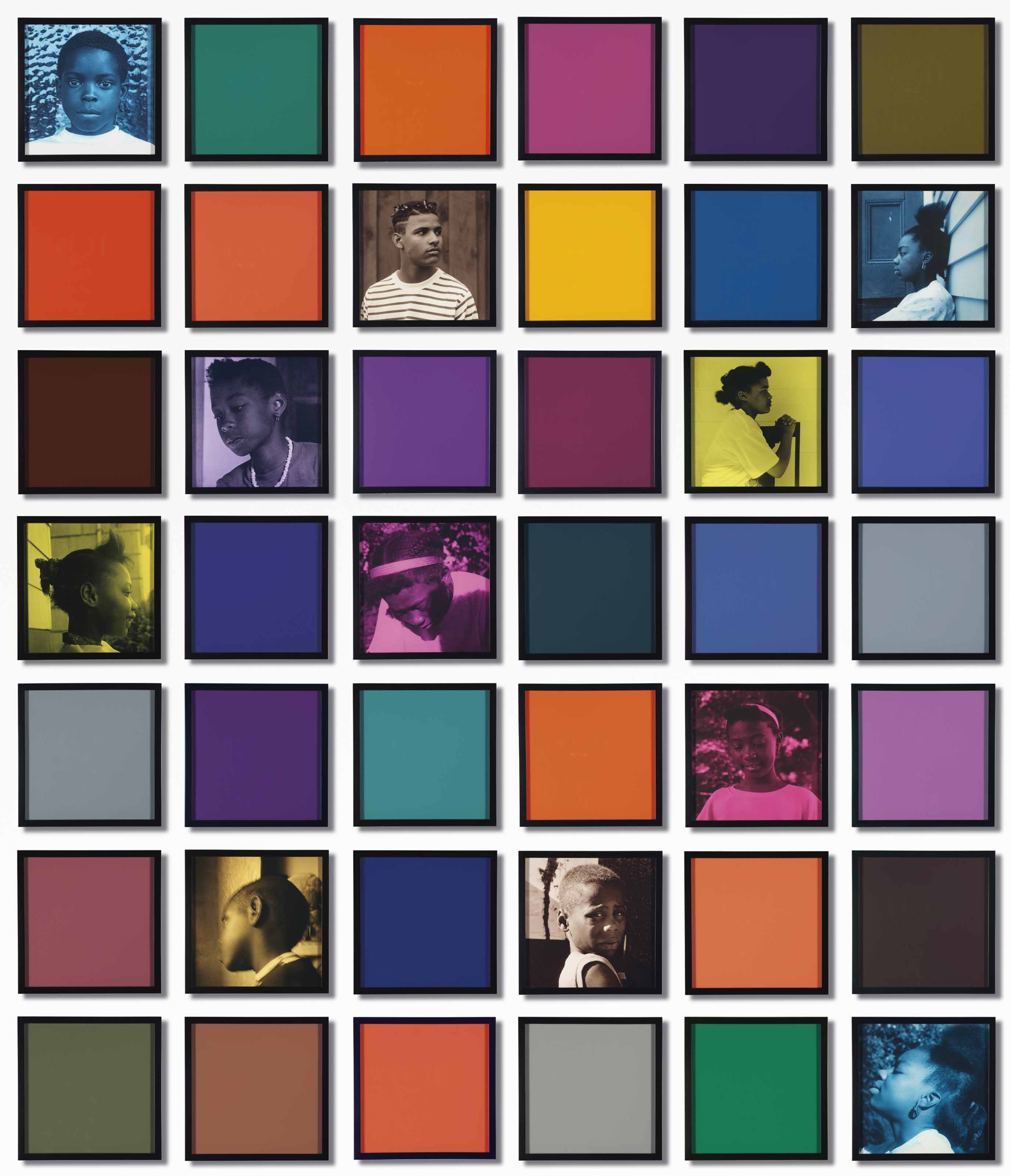
(image from christies.com)
Lest you think Weems' aesthetic might not quite lend itself to NARS' high-fashion concepts, please see these images of Mary J. Blige for W magazine. I can only imagine what she would come up with for a makeup collection.
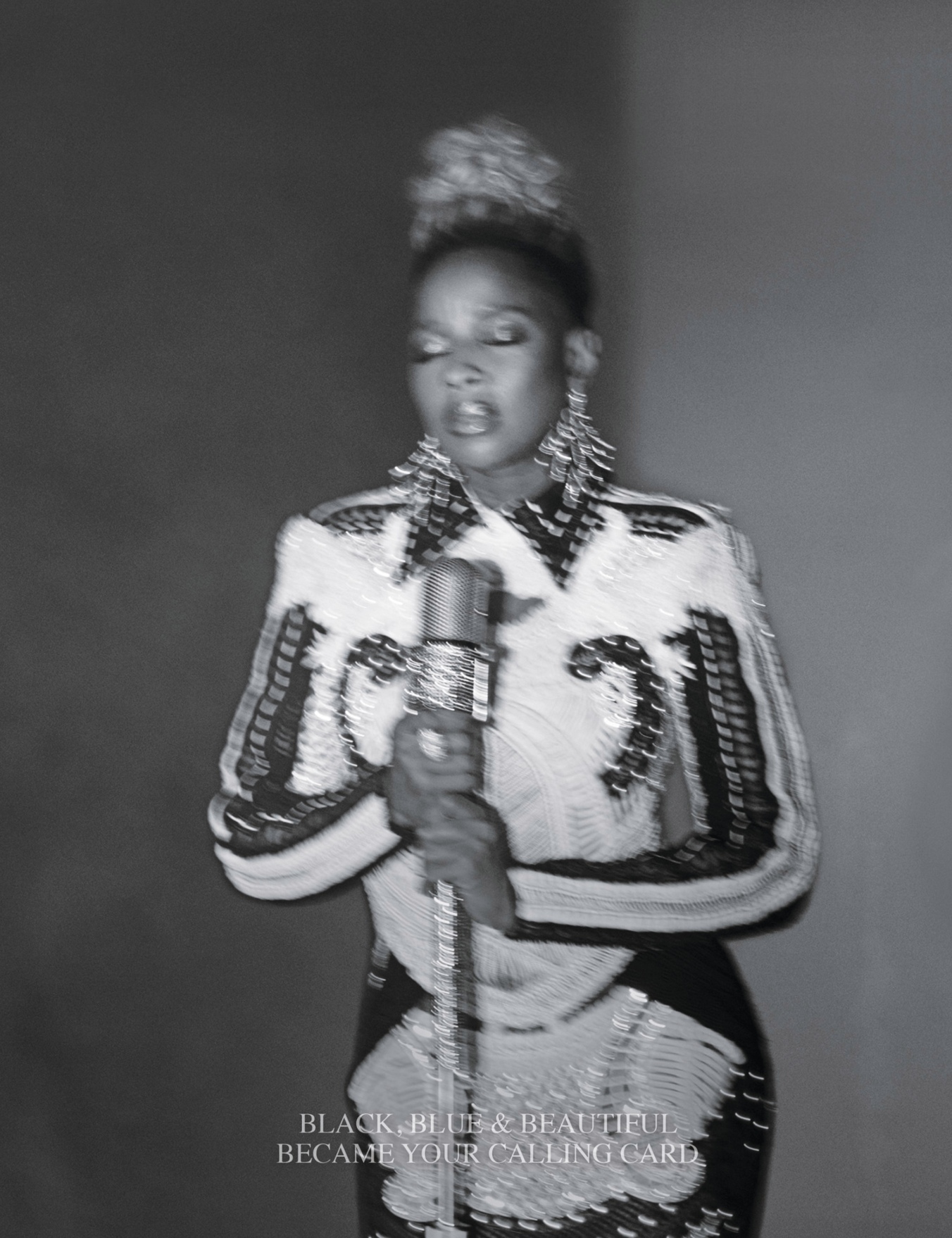
(images from wmagazine.com)
Finally, while at first I didn't think Weems might be interested in having her work on makeup packaging, it looks like she did collaborate with Helmut Lang on a small capsule collection, with 15% of the proceeds donated to Weems' charity, Social Studies 101. NARS could (and should!) follow this example.
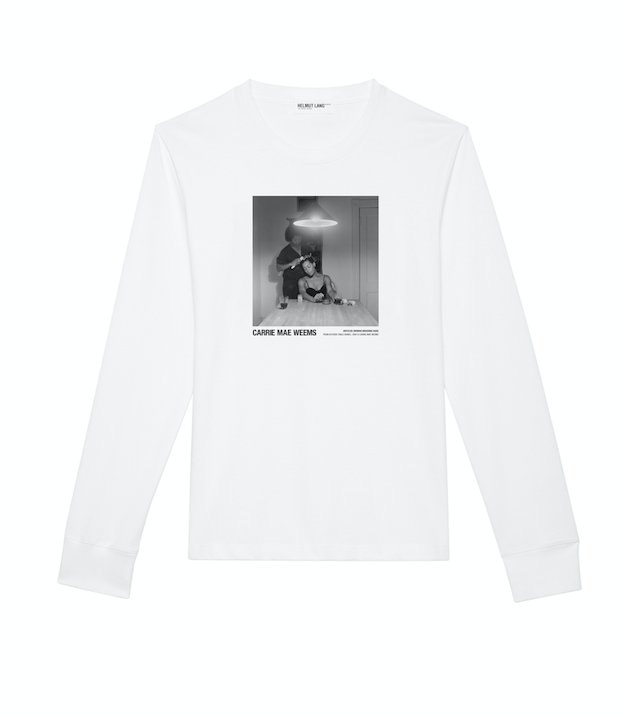
(image from officemagazine.net)
The artist: Emmett McBain
The brand: Mented Cosmetics
Why: Emmett McBain (1935-2012) is one of the few Black Mid-Century Modern designers I was able to find. Given that there were so few and how innovative his work was, McBain's name should be just as common as Paul Rand. If he were alive today I'd think he'd be interested in makeup collaboration, given that he did some work for SkinFood, Guerlain and Neutrogena. Plus, makeup actually doesn't seem too far off base when you consider McBain was responsible for directing campaigns for everything from jazz albums to the Ford Mustang to McDonald's.
Based in Chicago, in 1956 McBain joined Vince Cullers Advertising, the first Black-owned ad agency, after graduating from the American Academy of Art. He established his own agency, McBain Associates, in 1959, and after returning to Vince Cullers in 1968 as art director, in 1971 he co-founded Burrell McBain, Inc., with fellow black designer and copywriter Tom Burrell. But what makes McBain stand out besides his design skills is his desire to elevate the Black community. As Lilly Smith, editor of Design Observer notes, "[What] made him important to history beyond design was his assertion through ads to the general public that 'black is beautiful.'" Adds former colleague McGhee Osse, "He was very much an enthusiast and advocate for the African-American community and culture. Much of his work uplifted the community by reflecting the true identity of a people—whether on canvas or in national ads." Concludes Smith, "And so it must have been a revelation to look onto the page of a magazine and not be told to buy a product in order to look like someone else, but to continue to look like you."

(image from the Chicago Design Archive)
McBain's outlook is perfectly suited to Mented's goal, which is to fill the gap for Black and other POC the beauty industry considers an afterthought. The founders explained to Essence that POC were not seeing themselves in most makeup lines' advertising or color offerings. Some BIPOC want natural looks instead of bright colors. While I personally prefer a bolder approach, I acknowledge the need for more neutral makeup from time to time, and it's an area that was lacking for BIPOC until Mented was established. "Women of color are often backed into the 'bold' corner when it comes to beauty, because so many brands don’t really know what to do with deeper skin tones other than drape them in bright, fierce colors. I love a bold look as much as the next girl, but that’s not my everyday. Women of color deserve soft, natural, every day beauty looks just as much as Caucasian women, and Mented exists to fill that gap…For every holographic and glitter trend, there are basic products missing for women of color. The industry has forgotten about the almost 40% of US women who aren’t white. Relegating deeper skin tones to the last three unflattering shades in a product assortment is unfair and ridiculous." Representing an everyday BIPOC – not an "influencer", not a model sporting the latest color trends – but rather someone who prefers a more natural look, was the primary reason for starting the brand. Like McBain, Mented aims to relate to Black and other POC through providing ads and shades that are intended to show that one doesn't have to meet white beauty ideals or obscure their features through bright colors; Black and other POC are allowed to exist just as they are, perhaps with a little enhancement from makeup that was specifically formulated for them. "With a website that offers a range of nude lip products and nail polishes for women of color, Mented Cosmetics has truly come to master the beauty needs of their consumer, who [founders] Miller and Johnson affectionately refer to as 'our girl.' 'We think of ‘our girl’ as our friend, ourselves. We’re making [beauty products] for ourselves, and our friends and our family and we want everyone to feel a part of that,' Johnson said." Sounds a bit like the community-building McBain focused on in his later years by providing design services for non-commercial endeavors, including "a journal of African diaspora thought and a local organization supporting the re-integration of former inmates into Chicago's southside community."
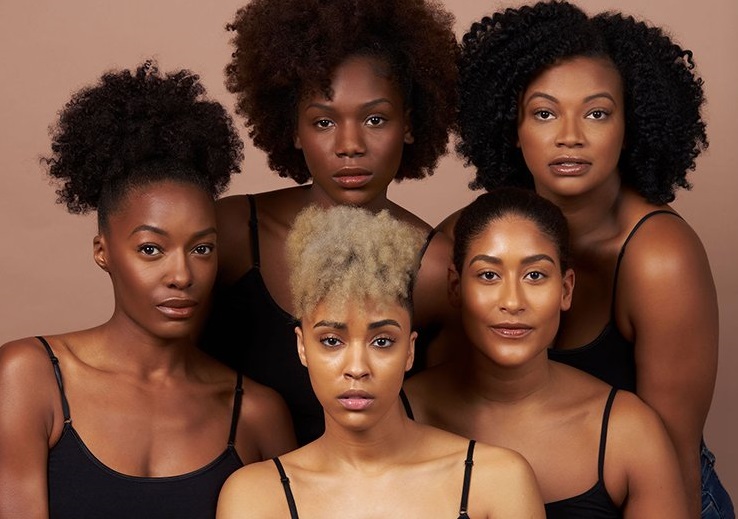
(image from mentedcosmetics.com)
As McBain passed away in 2012, existing work would need to be used. Here are the images I'd like to see on packaging, starting with some fantastic jazz album covers. How much fun would these be on some blushes?
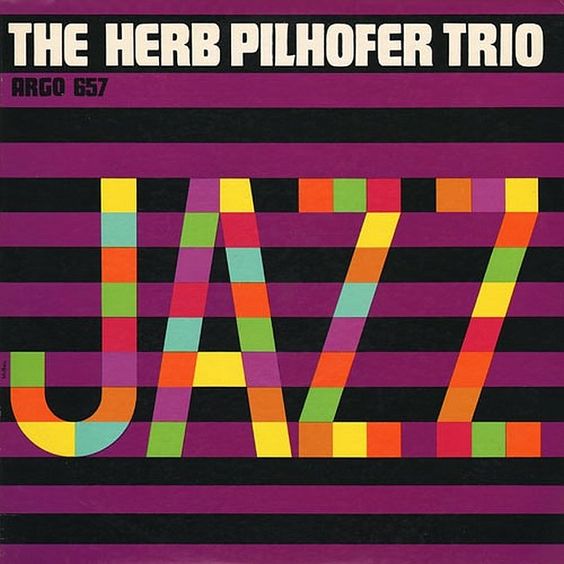
(images via Bart Solenthaler on Flickr, projectthirtythree.com and cvinyl.com)
This one is quite powerful.
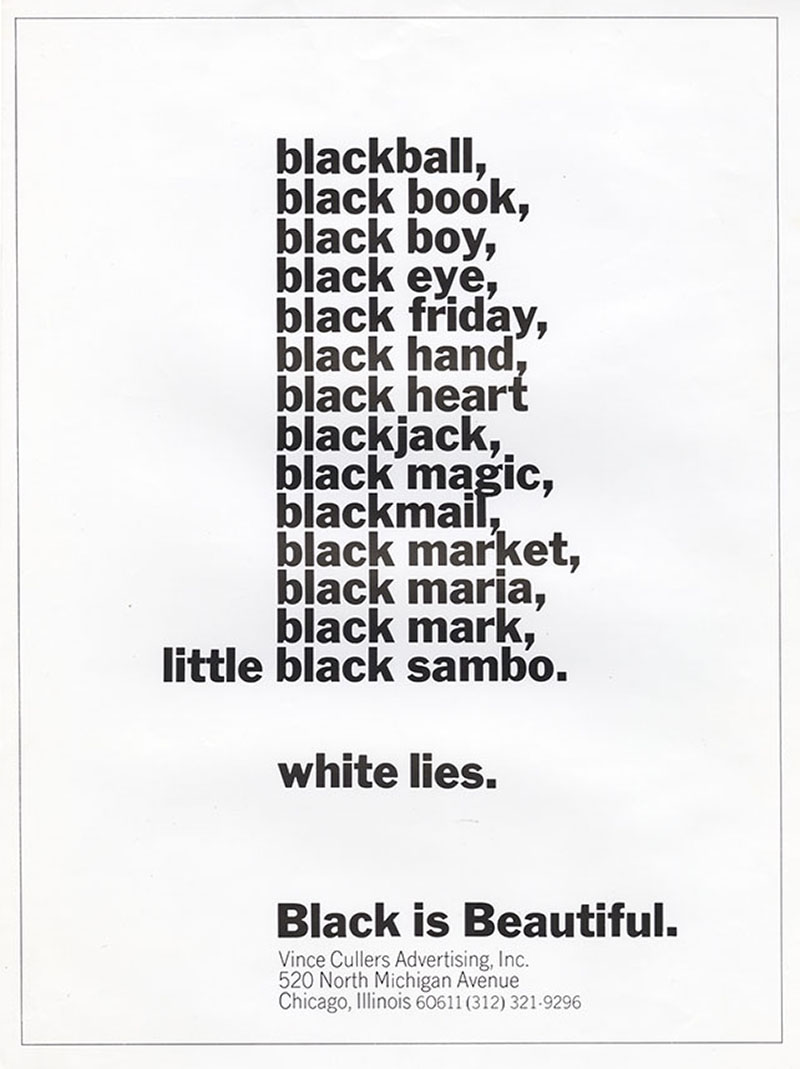
This last image is an add for cigarettes, which I cropped out. By itself on a palette, I think it would be amazing. They also fit with Mented's mission to create products for a more natural look for BIPOC.
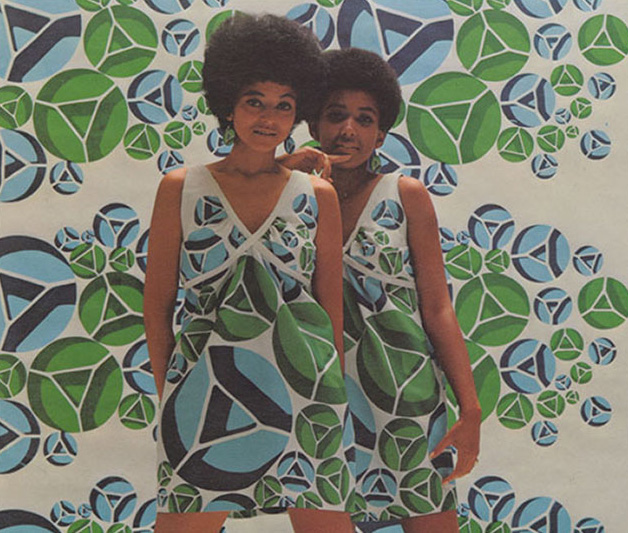
(Skinfood ad and these last 2 images are from the University of Illinois at Chicago, Richard J. Daley Library, Special Collections and University Archives via designobserver.com)
The artist: Lois Mailou Jones
The brand: Uoma Beauty
Why: Lois Mailou Jones (1905-1998) was a Boston-born painter whose style underwent a significant shift after visiting various African countries. After graduating from the School of the Museum of Fine Arts and the Massachusetts College of Art in 1927, Jones pursued a career in textile design. But she realized that textile pattern makers were never credited for their work, so she pivoted to painting so that she would have a way to sign her work and make her name visible. In 1970 she made her first trip to Africa, visiting 11 African countries with a grant from Howard University to document artists. She returned to the continent several more times in the 1970s. "Inspired by what she saw and [merged] with the flat graphics and image sampling of Pop art", Jones's later work showed the profound impact of her travels to the continent.
So what's the makeup angle? Jones' mother ran a beauty parlor, and Gucci Beauty shared one of her works on their Instagram account. I think both of those are signs that her work would be a great fit for a makeup collection. I chose Uoma for the brand since the founder, Sharon Chuter, was born in Nigeria and the brand regularly pays homage to Chuter's heritage through both their packaging and color offerings. Even the company's name means "beautiful" in Igbo, the principal language spoken by people in southeastern Nigeria, and the brand's first campaign photo shoot took place in Lagos.
As with McBain, Jones is deceased so existing works would be used. These are just the few I picked out online but there are 3 books of her work, including an extensive exhibition catalogue so I'd definitely look for images that aren't seen as often. And I'd seek out ones that are based on her trips to Nigeria in particular. I need to remind myself that Africa is not a monolith.
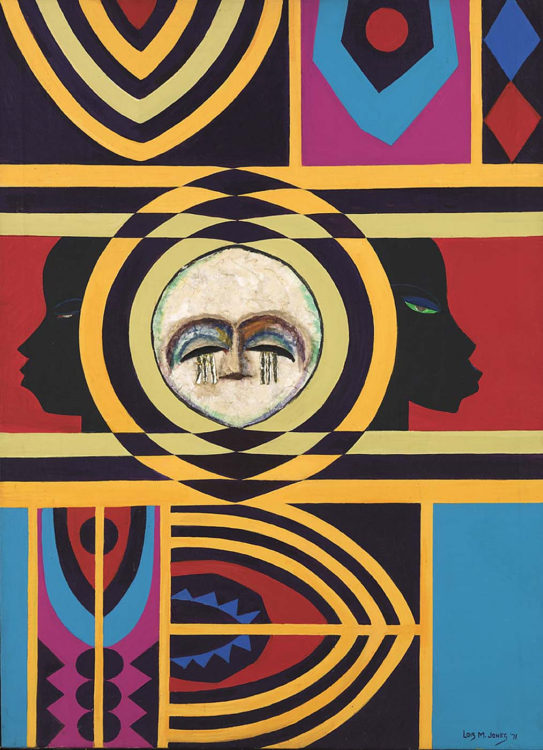
(images from awarewomenartists.com)
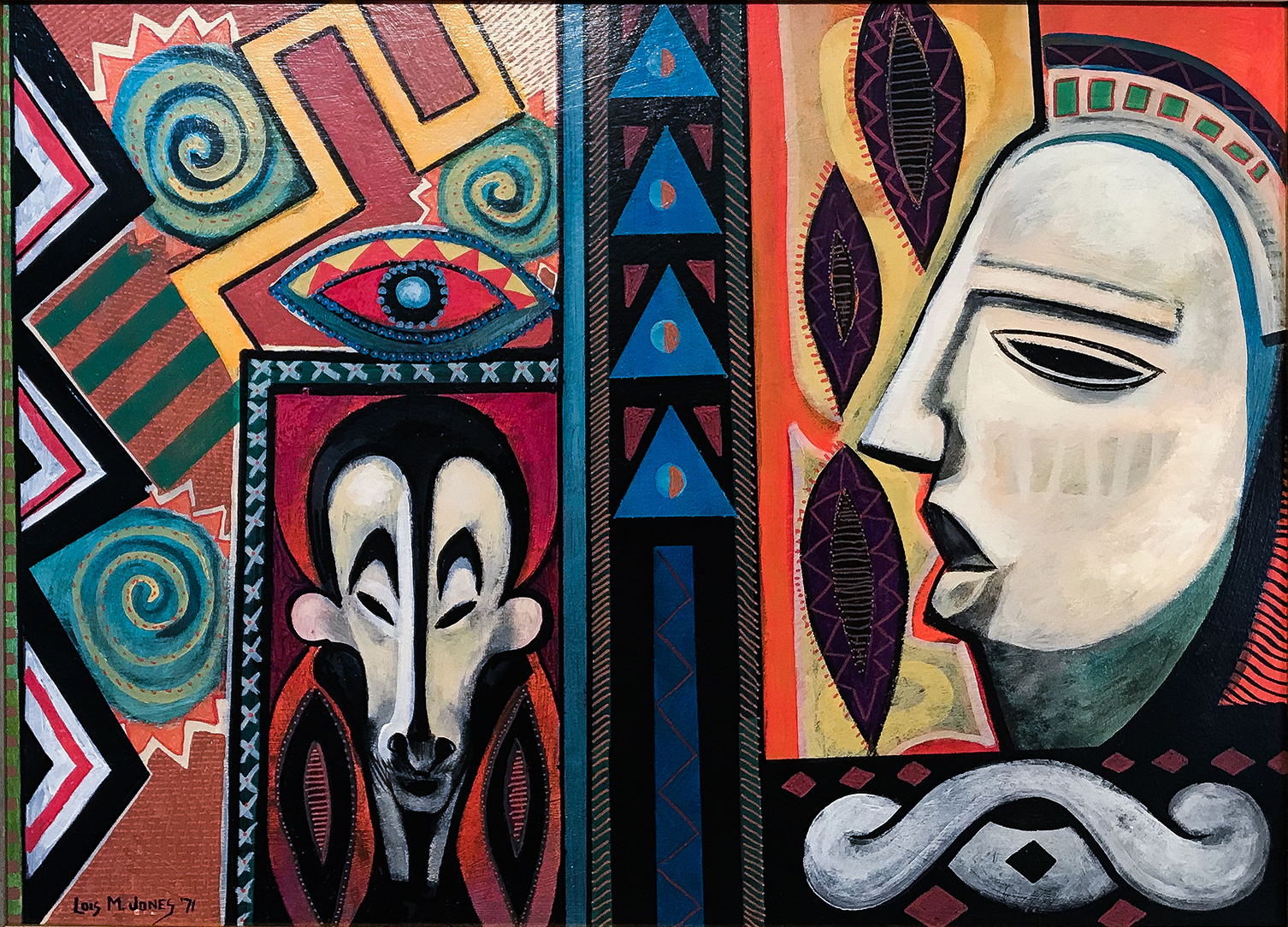 (image from treadwaygallery.com)
(image from treadwaygallery.com)
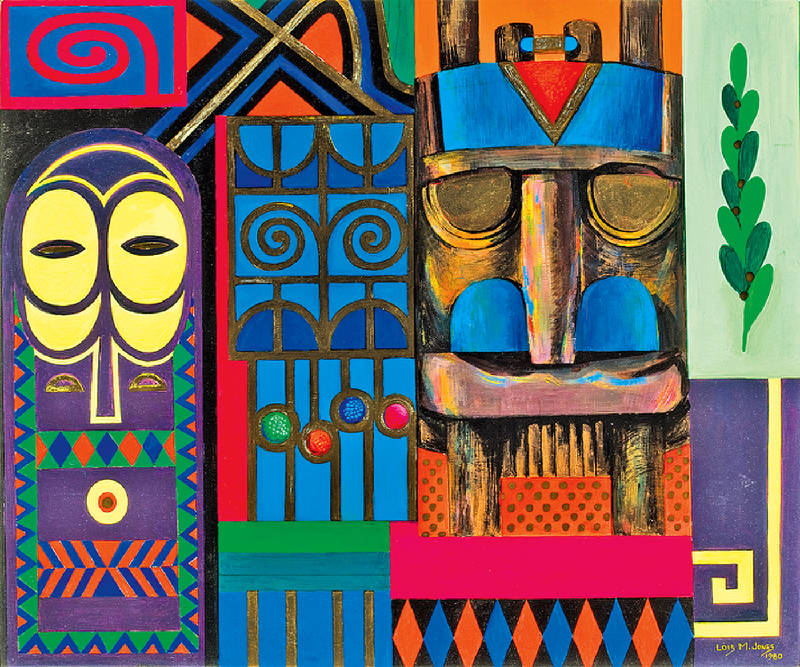 (image from timesfreepress.com)
(image from timesfreepress.com)
The artist: Laci Jordan
The brand: Coloured Raine
Why: L.A.-based multidisciplinary artist Laci Jordan is strongly committed to diversity and representation. "I want to see art that includes people that look like me, so I create it. My work is inspired by black people and black culture. Because I’m a black millennial a lot of my work comes from that lens and voice…I also believe that by being a visible black millennial I bring visibility to the rest of us," she explains to Forbes in a 2018 interview.
But it's not just about race for Jordan. She emphasizes the necessity of diverse perspectives for cultural and social advancement. "When you have different types of people in the room, you have different ideas that can help you build a bigger picture of whatever you are creating. It’s not just about race. It’s having people from different disciplines, different sexuality, different everything at the table. It’s about representation. Having different conversations and points of view. People see that if you have diversity at the table it just makes everything better. People want to see different stories…women of color from all types of backgrounds and women in general can relate to the art…I realized that even though I’m creating through a certain lens it can touch and relate to people of different backgrounds."
The reason I think her work would be a perfect fit for Coloured Raine was the brand's description and mission. Founded by Loraine R. Dowdy in 2013, Coloured Raine's vision aligns with Jordan's in terms of the commitment to diversity across all areas and not just race. "Loraine longed for a cosmetic line that encouraged self-expression and diversity, and included shades for people of color. Her aim was to create a stand-out cosmetics line that broke all beauty barriers.The mission behind the brand has always been to spread awareness of diversity through beauty and to embrace all aspects of color through unity. Loraine has always had a deep and intense love for color, and strongly believes that makeup is a toy for everyone to enjoy – which can be used to express oneself. A belief in all things beauty, with no stipulations on color, age, and gender is what sets Coloured Raine apart."
Laci previously partnered with Air Jordan and reflects fondly on her opportunity to mentor young girls while working with the brand. "Along with designing customization merchandise for the space, Air Jordan held a women’s event where I helped mentor young girls and inspire them to be creative. Not only was the project a dream but I was able to give back in the process."
When I was gathering the images for this post I came across an illustration Jordan completed for a collection that was sold at Ulta last fall. As with the Air Jordan collab and Weems' partnership with Helmut Lang, the collection was intended to give back to the community. In collaboration with Essence magazine, Ulta introduced a new mentoring initiative, Girls United: Beautiful Possibilities. Six girls worked to "create an exclusive capsule collection for Ulta Beauty, and hear from ESSENCE and Ulta Beauty mentors, as well as influencers and brand founders. Using their creativity and love for beauty, they will learn from the best and receive $10,000 that can be used for college.” Jordan designed the packaging for the collection and also served as a mentor in their web series.

(images from solacilike.com and essence.com)
So while I just purchased the palette on ebay (it slipped through my radar last fall, given everything I was dealing with), I think another collab with Coloured Raine can't hurt. ;) And Jordan is a huge Rihanna fan, so a Fenty collab would be appropriate, but I still believe Coloured Raine is the best fit given that their perspectives on diversity are so similar.
What do you think of my picks? Which one do you want to see the most? And what do you think about the idea of charitable contributions through artist collaborations?
*The ones I counted are traditional visual artists (painters, photographers, illustrators, etc.), not fashion designers, makeup artists or bands/musicians.


